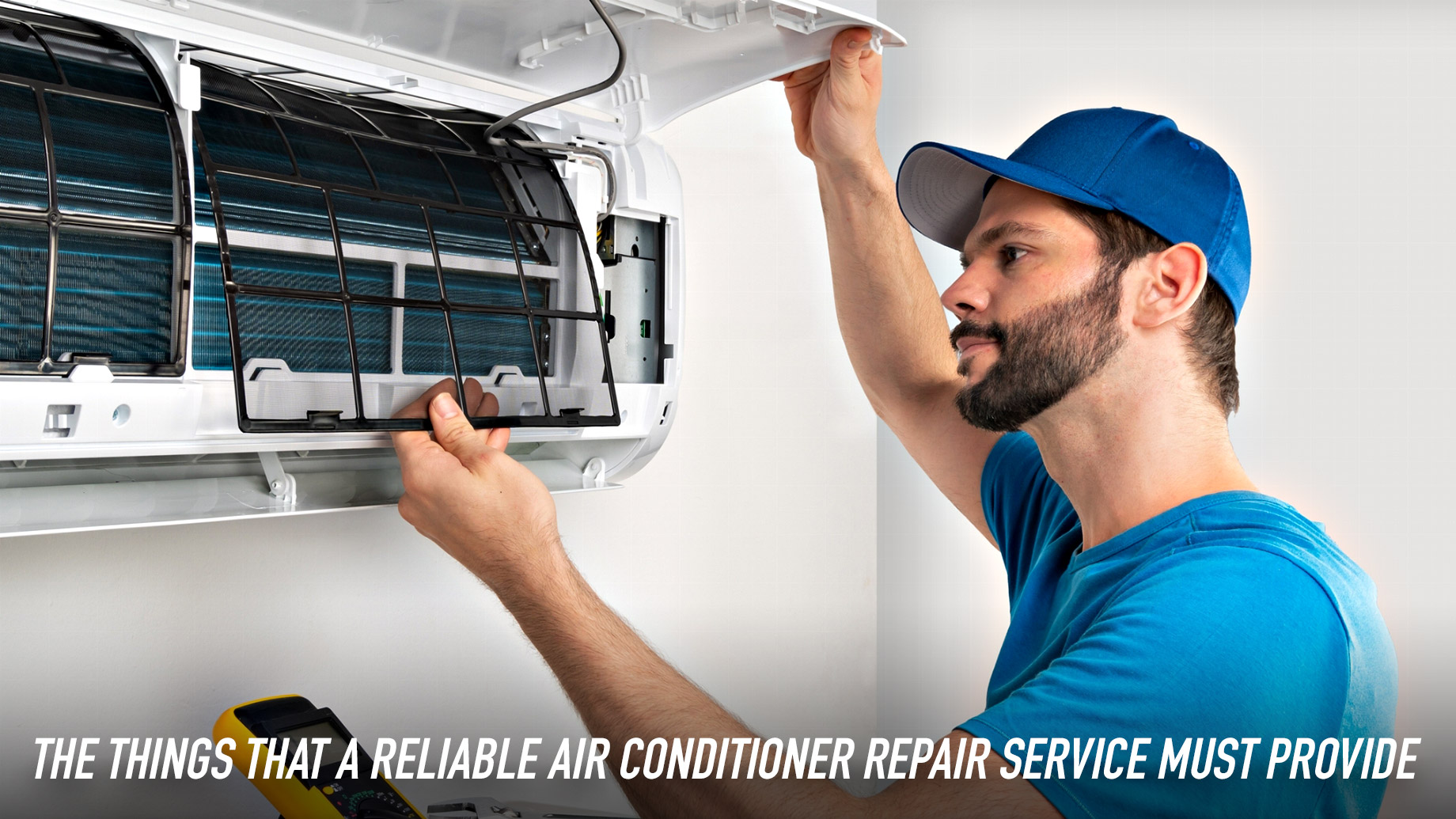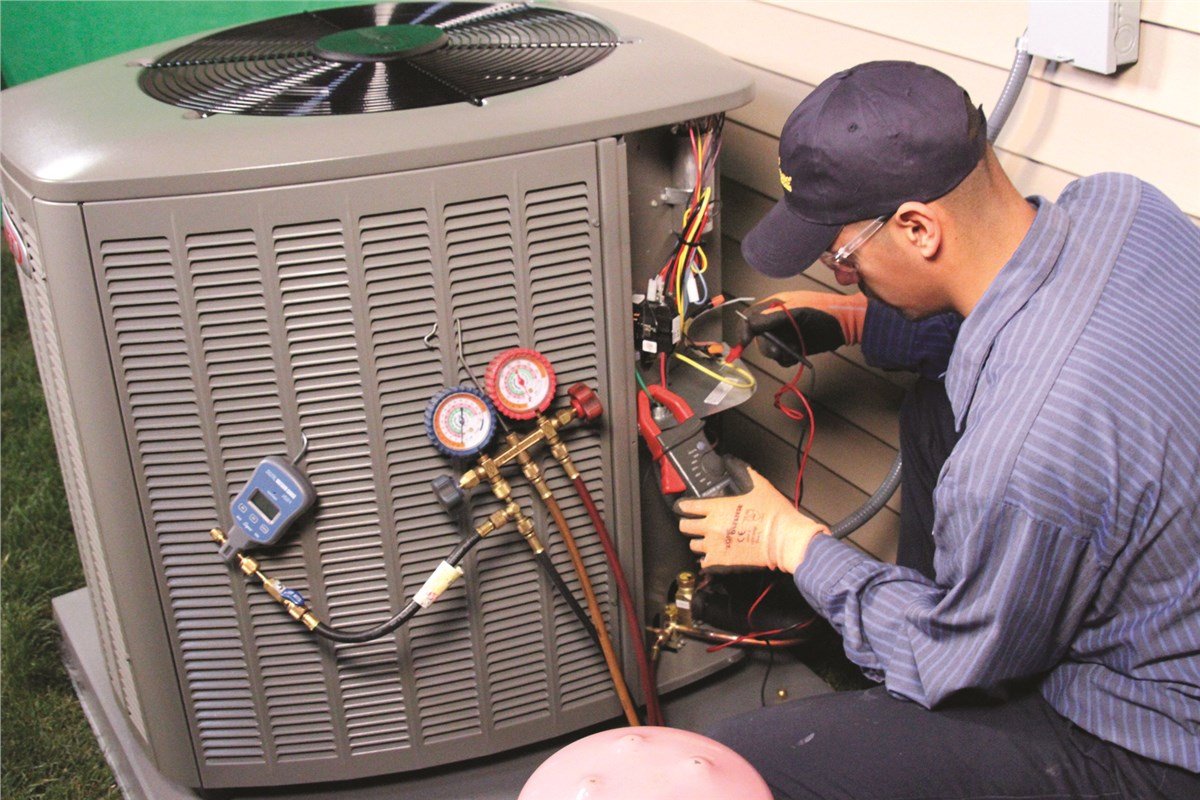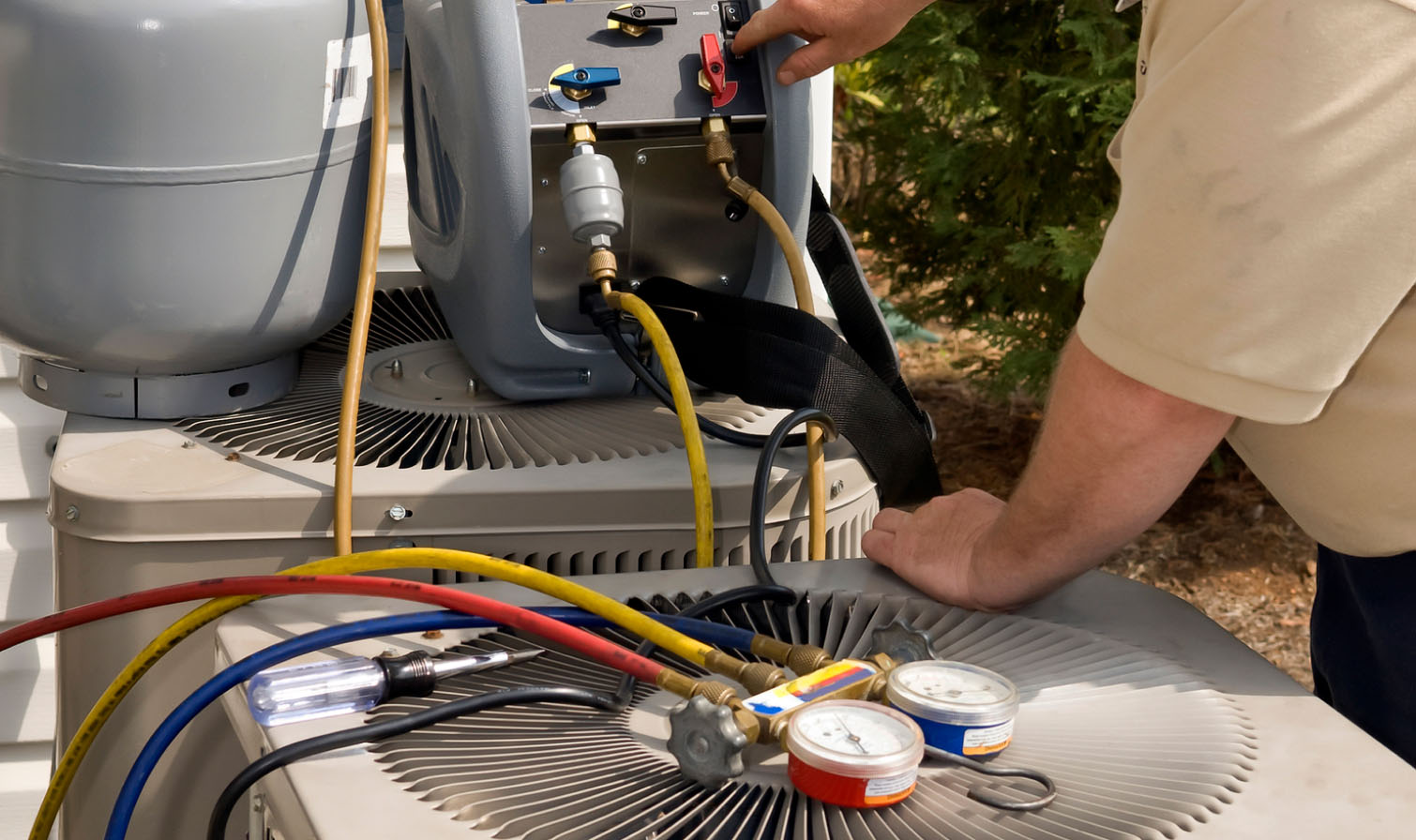AC Repair and Service: Effective Environment Control Systems Are Vital For Indoor Comfort And Energy Cost Savings
Parts and Systems: The HVAC Symphony
Ever wonder what genuinely orchestrates the climate control in your abode or workplace? It's much more than just a box humming exterior. We're discussing an advanced interplay of components, a genuine symphony of engineering developed to maintain your convenience, come rain or shine, or perhaps the most blistering heatwave. Comprehending these private parts, and how they coalesce into a unified system, is paramount for any homeowner or center supervisor. Believe of it like a human body: each organ has a crucial role, but it's their cumulative function that keeps us alive and flourishing.
The Core Players: What Makes it Tick?

At the heart of most property and light business HVAC setups, you'll find numerous key gamers. Do you really understand what every one does? Let's break down the necessary cast:
- Furnace: The heating powerhouse, normally fueled by natural gas, lp, or electricity. It warms the air that then circulates throughout your area.
- Ac system: The cooling champ, removing heat and humidity from indoor air through a refrigerant cycle.
- Ductwork: The circulatory system of your heating and cooling, a network of channels that distributes conditioned air to different spaces and returns stagnant air for reconditioning. Without properly sized and sealed ducts, even the most effective system can falter.
- Thermostat: The brain of the operation, allowing you to set and keep wanted temperatures. Modern thermostats are capable of extraordinary accomplishments, from Wi-Fi connectivity to learning your preferences.
Beyond the Fundamentals: Integrated Systems
While the heater and ac system are often unique units, they often share typical elements, forming an integrated system. For example, the same blower fan within the heating system often moves air for both heating & cooling. This smooth combination is what makes a modern-day a/c system so effective and user-friendly. Consider the classic situation: a sweltering summer day paves the way to a surprisingly cold evening. Your system, if correctly designed, transitions easily from cooling to heating, guaranteeing constant convenience without you raising a finger. It's genuinely a marvel of modern-day comfort innovation.
Improving Air Quality: More Than Simply Temperature
Beyond merely warming and cooling, contemporary HVAC solutions frequently integrate components focused on enhancing indoor air quality. Are you familiar with the invisible hazards lurking in your air? From allergens to contaminants, a good system actively fights them. This can include sophisticated filtering systems, humidifiers to include wetness in dry environments, or dehumidifiers to extract excess humidity. Some systems even integrate UV lamps to kill air-borne pathogens. It's about developing a holistic environment, not just a comfortable temperature level. After all, what good is convenience if the air you breathe is below average?
Cooling And Heating Principles: The Unseen Ballet of Convenience
Ever wonder why one space feels like a sauna while the next is an icebox, despite your thermostat's fervent prayers? The response frequently depends on a nuanced understanding of heating and cooling concepts, a subtle dance of energy transfer that determines our indoor convenience. It's not practically cranking up the AC or stiring the furnace; it has to do with managing the flow of heat, that persistent traveler click here constantly looking for balance. Consider it like water streaming downhill-- heat constantly moves from warmer locations to cooler ones. This basic reality underpins every aspect of reliable a/c system operation, yet it's often neglected, resulting in consistent discomfort and, honestly, squandered energy.
The Elusive Even Temperature Level
The most typical aggravation homeowners voice centers on irregular temperature levels. You adjust the thermostat, wishing for a blanket of comfort, just to find one room sweltering while another shivers. Why does this take place? Often, it's a symptom of improperly sized or badly balanced ductwork. Think of a garden tube trying to water an entire yard; some areas get soaked, others stay dry. Likewise, if your ductwork isn't developed to deliver the ideal volume of conditioned air to each space, hot and cold spots end up being an inescapable reality. A typical mistake is assuming that simply including more vents will solve the problem. In truth, it can exacerbate it by interfering with the delicate balance of atmospheric pressure within the system. A heating and cooling professional worth their salt will carry out a Manual J load computation, a detailed analysis that determines the accurate heating and cooling needs of each room, taking into account aspects like window size, insulation, and even the variety of occupants. Without this foundational step, you're basically flying blind.
Techniques of the Trade for Optimum Performance
- Zoning Systems: For ultimate control and performance, consider a zoning system. This allows you to divide your home into unique temperature zones, each with its own thermostat. No more heating or cooling unoccupied rooms! It's like having multiple mini-HVAC systems customized to your way of life.
- Duct Sealing: Leaking ducts are notorious energy burglars. A substantial percentage of conditioned air can escape through unsealed seams and holes before it even reaches your living space. Expert duct sealing with mastic or specialized tape (not simply regular duct tape, which stops working rapidly) can dramatically improve efficiency and eliminate phantom drafts.
- Insulation's Function: Your home's insulation serves as the bouncer for heat, preventing it from crashing the celebration in summertime and leaving in winter season. Is your attic adequately insulated? Are your walls mere sieves for thermal energy? A basic assessment can expose considerable opportunities for enhancement.
- Fan Settings Matter: Numerous house owners simply set their fan to "car." While normally great, consider running your fan continuously on a low setting, especially in shoulder seasons. This helps distribute air, reducing temperature stratification and making your home feel more regularly comfy, even if the main heating or cooling isn't actively running.

Comprehending these fundamental heating and cooling concepts empowers you to make educated choices about your home's comfort and energy consumption. It's not just about repairing a broken unit; it has to do with managing a symphony of warmth and coolness, making sure every note is played ideal.
The Breath of Life: Ventilation and Air Quality
Ever strolled into a space and felt that immediate stuffiness, that sense of recycled air sticking to your lungs? It's a typical experience, a subtle yet consistent discomfort that typically goes unaddressed. Lots of property owners, focused on heating and cooling, overlook the important function of ventilation in their HVAC system. It's not just about temperature; it has to do with the very air we breathe. Think about your home as a living organism; without proper airflow, it suffocates, trapping pollutants, allergens, and even stale smells. This oversight can cause a host of indoor air quality problems, a silent attacker deteriorating convenience and potentially impacting well-being.
One of the most considerable difficulties property owners face in keeping superior indoor air quality centers on the accumulation of microscopic air-borne particles. These invisible invaders, ranging from allergen and pet dander to mold spores and unpredictable natural compounds (VOCs) off-gassing from furniture, circulate endlessly without appropriate air exchange. Think of trying to clean up a dusty room by just moving the dust around; that belongs to recirculating stagnant air without presenting fresh, filtered air. This continuous re-exposure can exacerbate respiratory conditions, trigger allergies, and usually diminish the feeling of a tidy, healthy home. However what can be done to really clarify?
Beyond the Fundamental Filter: Advanced Air Filtration
While standard heating system filters catch bigger particles, they typically fall short when it comes to the truly minute pollutants. This is where the critical property owner thinks about updating their heating and cooling system's air purification. Have you thought about a MERV 13 or higher filter? These pleated powerhouses can trap a substantially higher portion of airborne particles, consisting of germs and even some infections. However the journey to beautiful air does not end there. For a truly extensive method, UV germicidal lights integrated into your ductwork provide an additional layer of defense, neutralizing air-borne pathogens as they pass through. It's like having a microscopic bouncer for your air, ensuring only the cleanest molecules make it into your living space. And for those with relentless odor issues or chemical sensitivities, a whole-house triggered carbon filter can be a game-changer, soaking up gaseous contaminants that even the finest particulate filters miss. It's about proactive defense, not reactive relief.
- Check and replace air filters quarterly, or more regularly if you have pets or allergies.
- Think about a whole-house humidifier or dehumidifier to manage indoor humidity levels, which can impact mold growth.
- Ensure proper sealing of ductwork to avoid unfiltered air from going into the system.
- Use exhaust fans in bathroom and kitchens to eliminate wetness and cooking odors at their source.
Did you understand that just opening windows for a few minutes each day, even in winter season, can considerably improve indoor air quality by diluting contaminants? It's a simple, cost-effective trick that many ignore. Tactically positioned indoor plants, such as spider plants or peace lilies, can act as natural air cleansers, taking in particular toxic substances from the air. While they will not change a robust ventilation system, they provide a charming, green complement to your indoor air strategy. The goal is to create an environment where the air is not simply comfy in temperature, however truly stimulating to breathe.
Installation and Upkeep: The Unsung Heroes of Heating And Cooling Longevity
Ever wonder why some a/c systems purr like contented kittens for years while others sputter and cough their last breath far too soon? The trick, dear reader, frequently lies not in the initial purchase, however in the careful dance of setup and the persistent rhythm of upkeep. It's a tale as old as time, or at least as old as air conditioning itself: a system, no matter how innovative, is just as good as its setup and subsequent care. A poorly installed unit can result in a waterfall of problems, from ineffective operation that drains your wallet much faster than a leaky faucet to premature component failure. Think of trying to run a marathon with uncomfortable shoes; you may complete, but not without significant discomfort and prospective injury. Your a/c system deals with similar misfortunes when not effectively integrated into your home's special thermal envelope.
Think about the air flow. A typical oversight throughout setup, and one that causes untold headaches, focuses on correct ductwork sizing and sealing. It's like attempting to drink a milkshake through a tiny, punctured straw-- you're exerting a great deal of effort for extremely little benefit. Undersized ducts limit airflow, requiring the blower motor to work harder, taking in more energy, and reducing its life-span. Dripping ducts, on the other hand, resemble tossing cash out the window, actually, as conditioned air gets away into unconditioned areas. Did you understand that approximately 30% of a home's heating and cooling energy can be lost due to leaky ducts? It's a shocking figure, typically ignored, and easily fixed with appropriate sealing strategies utilizing mastic or customized metal tape, not just the flimsy cloth-backed duct tape everyone incorrectly calls "duct tape."
The Rites of Regular Maintenance
So, you have actually got a perfectly set up system. Now what? The journey does not end there; it merely starts a new chapter: upkeep. Consider your HVAC system as a high-performance car. Would you ever skip oil changes or tire rotations? Obviously not, since you comprehend the long-lasting repercussions. Neglecting your Heating and cooling system's annual tune-ups is a gamble you're not likely to win. These aren't just arbitrary appointments; they are essential preventative measures. A service technician checks refrigerant levels (the lifeblood of your system), cleans coils (those unsung heroes of heat exchange), examines electrical connections (preventing prospective fire risks), and lubricates moving parts. It's during these sees that small issues, quickly remedied, are caught before they bloom into costly breakdowns. A filthy evaporator coil, for example, can reduce efficiency by 5-10%, requiring your system to work more difficult to attain the wanted temperature. It's like trying to breathe through a blocked nose; everything becomes more tough.
Here are a couple of expert insights to keep your system humming:

- Filter Skill: Change your air filter every 1-3 months, especially if you have family pets or allergic reactions. A stopped up filter is a significant air flow obstacle, reducing performance and putting strain on your system.
- Clear the Condensate Drain: Occasionally pour a cup of distilled vinegar down your condensate drain line. This avoids algae and mold growth that can obstruct the line, leading to water damage and system shutdown.
- Outdoor Unit TLC: Keep the location around your outdoor condenser unit clear of debris, leaves, and overgrown vegetation. A foot or 2 of clearance on all sides ensures correct airflow, which is crucial for efficient heat dissipation.
- Thermostat Wisdom: Consider upgrading to a programmable or clever thermostat. These devices can discover your habits and optimize temperature settings, saving energy and extending the life of your system by lowering unnecessary biking.
Remember, a little proactive effort in setup and upkeep goes a long way in guaranteeing your heating and cooling system supplies consistent convenience and effectiveness for several years to come. It's not practically comfort; it has to do with protecting your financial investment and guaranteeing peace of mind.